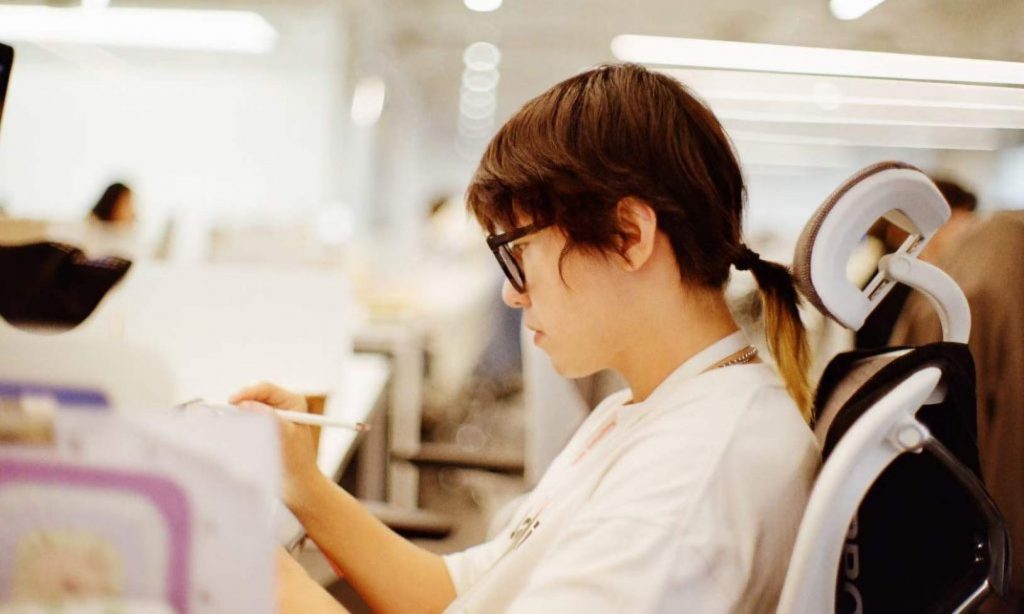In this blog, I’ll walk you through how I set up a basic parent switch in Blender. This switch allows me to change the parent of a bone between three different options (Parent Bone 0, 1, and 2), giving me more control over how objects or bones behave in relation to each other during animation.
The Setup:
The key idea is to use a driver that controls the parent relationship based on a custom property. By using a simple conditional script (1 if Var == 1 else 0), I can control which bone acts as the parent.
How I Did It:
- Create a Custom Property:
- I started by creating a custom property on the object or bone I wanted to control. This property will be used to switch between the different parent options (Parent Bone 0, 1, or 2).
- Set Up Drivers:
- For each parent constraint, I added a driver that controls its influence. This driver checks the value of the custom property and determines if the bone is active as a parent or not.
- The Conditional Script:
- The logic I used for the driver is straightforward. I wrote a simple expression like:python复制代码
1 if Var == 1 else 0This script checks if the custom property (Var) is equal to a certain value (like 1 for Parent Bone 1), and if it is, the influence is set to 1 (active). If not, it’s set to 0 (inactive). This way, I can easily switch between different parent bones by simply changing the value of the custom property.
- The logic I used for the driver is straightforward. I wrote a simple expression like:python复制代码
- Switching Between Parents:
- Once the drivers are set up, I can quickly switch between parent bones by adjusting the value of the custom property in the sidebar. If I set the value to 0, Parent Bone 0 becomes the active parent. Setting it to 1 switches to Parent Bone 1, and setting it to 2 activates Parent Bone 2.
Why It’s Useful:
This method is extremely useful in scenarios where you need to dynamically switch parent relationships during an animation. Instead of manually adjusting parenting or creating complex constraints, you can use this simple switch to quickly toggle between different parent bones. It’s also flexible enough to be expanded to more than three options if needed.
This was a fun and simple way to add more control to my rigging setup, and I found it streamlined my workflow, especially in complex animations with multiple parent dependencies.

